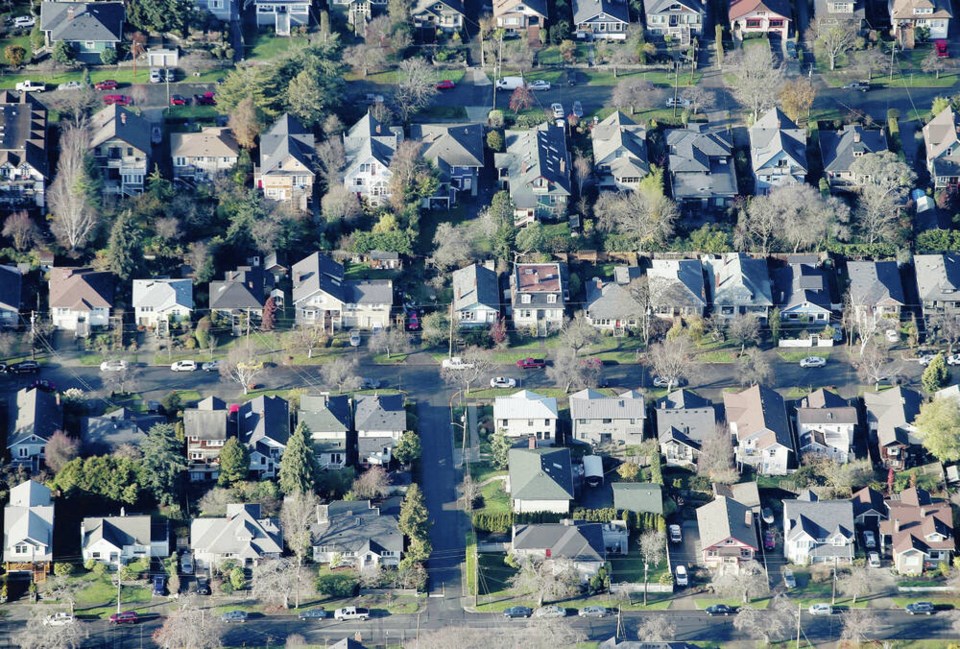Two-thirds of the trees in Victoria are on private land, within the setbacks of buildings that do not maximize the allowable footprint.
Upzone most of those properties and you provide the financial incentive to remove thousands of Victoria’s mature trees. The tree protection bylaw does not protect trees that fall within allowable building footprints.
Add to that the lure of the density bonus, (a pittance for developers, considering the profits to be made), and there will be even less accommodation for green space and trees.
In many instances, the boulevard trees that are shown in the documentation for city counci’s Missing Middle Housing Initiative proposal do not actually exist. Our mature trees are in the front yards and on the corner lots that will be at most risk.
How will the city possibly meet its urban canopy goals if this blanket upzoning is approved? Where will replacement trees be planted?
Inevitably, there will be fewer trees where they are most needed – in our residential neighbourhoods. The red-listed endangered Garry oak ecosystem depends upon the remnants in our parks and our yards.
One of our members, for instance, has an average-sized property in Victoria with 20 mature trees on it. If her 1500 square-foot home were to be replaced by a six-unit houseplex, only two canopy trees would be required. And the six units would all be unaffordable.
How would that help to create a liveable community? How would that help us to increase the tree canopy? How would that address our climate obligation?
The most recent Intergovernmental Panel on Climate Change says annual rainfall will increase 20 per cent if emissions continue to increase.
Infrastructure failure and flooding of residential areas as we experienced during November’s atmospheric river will be more likely. Retaining our large trees helps to slow the rain, while roots lead it into the ground and help retain it there.
Otherwise, it flows over the top of the earth, taking topsoil with it, and pooling into floods.
More frequent and longer wildfires mean more smoke for longer periods. Large trees in our cities filter particles and pollution from the air, and produce oxygen.
The World Health Organization also stated last year that there is no safe level of air pollution. More people die of heart and lung problems during smoky periods, and air in our cities at those times has sometimes measured among the most polluted in the world.
More frequent and longer heatwaves will mean more people will die of heatstroke. In sa���ʴ�ý, more than 500 died in last year’s heat dome.
Large trees provide more shade, and also cool by releasing moisture from their leaves (evapotranspiration). Large trees help to reduce the “urban heat island effect,” caused when pavement and cement structures are heated by the sun and then release heat during the day.
It can cause cities to be up to 12 C hotter than surrounding rural areas. Pavement can be up to 50 C hotter than the air!
The implications for our urban forest canopy commitment have been given very little consideration. Nor has there been time for the urban forestry staff to weigh in on the proposal.
If Victoria is at all serious about its responsibility regarding the climate crisis, our council will learn from the disastrous upzoning other cities have adopted, and recognize and protect the critical infrastructure provided by green space and existing trees.
• To comment on this article, write a letter to the editor: [email protected]



